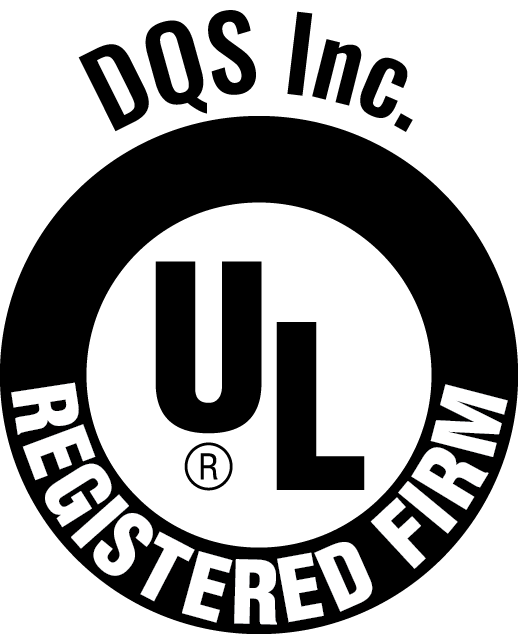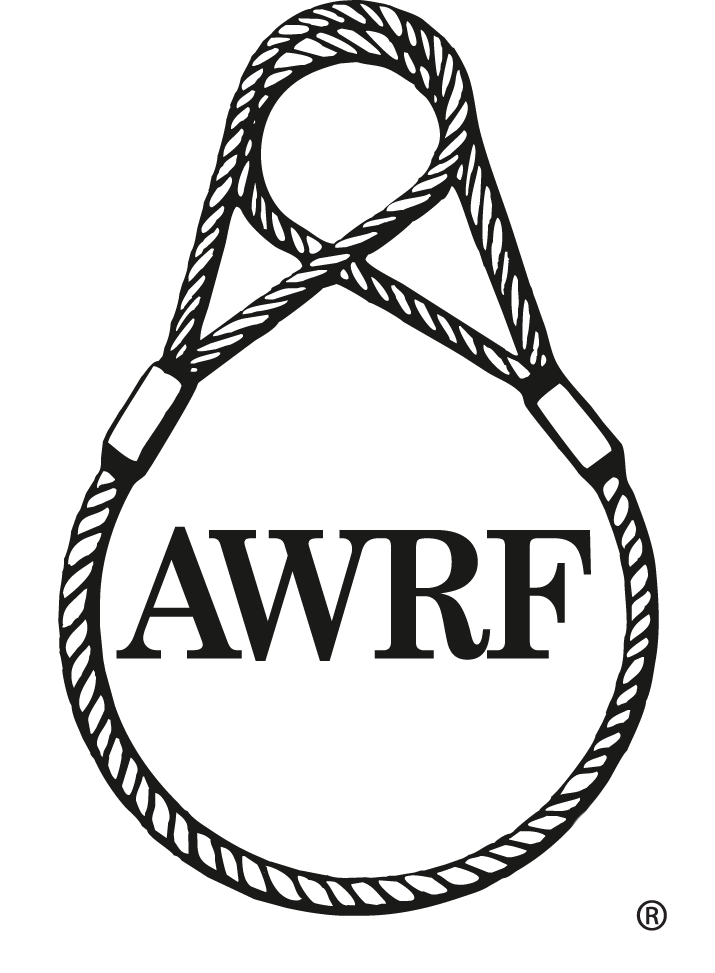LCI has recently provided Flowserve Corp. with tensiometers and LCI displays for monitoring the operational status of their decoking systems. Coking is an oil refinery process that consists of heating a heavy oil stock in order to "crack" its long-chain hydrocarbon molecules into usable distillate components, leaving behind a product known as petroleum coke. Coking is often done in dual-drum units that are up to 30 feet wide by 150 feet tall. Some coking units produce as much as 5,000 tons of coke per day. Refineries normally have 2 to 4 of... + continue reading
Our Blog
Monday, September 21, 2009 - 11:00
Monday, September 14, 2009 - 09:30
Everyone in oceanography has either seen firsthand or heard about the winch operator who was too tired and accidentally two blocked the winch leading to the loss or damage of their payload. Often this comes at great expense to the research team, the reputation of the winch operator and the morale of the vessel. Hanging two-block alerting mechanisms are often torn off the sheave due to sea states or improper use and therefore most winch operators won’t re-install them…and swear they don’t need them.If your winch is monitored with the LCI-90 or... + continue reading
Thursday, September 3, 2009 - 12:22
Earlier this year MTNW’s LCI team, led by our Systems Engineer, Matty Lee, installed an 8-point tension, speed, and payout monitoring system for the National Petroleum Construction Company (NPCC) in Abu Dhabi, U.A.E. Designed for NPCC's SEP-350 (Self Elevating Platform) vessel, LCI’s new 175 KIP running line tensiometer and LCI-90 "Dual Winch" display system. NPCC's new mooring instrumentation consists of eight RL-20175K running line tensiometers optimized for 1.5" wire rope and equipped with dual proximity sensors and a 175 KIP load pin... + continue reading
University National Oceanographic Laboratory System (UNOLS) Changes Winch Operation Safety Standards
Thursday, August 27, 2009 - 18:38
LCI’s Redesigned LCI-90 Monitoring & Display System Will Exceed UNOLS Safe Working Load Standards As Defined in UNOLS Safety Standards Appendix A.The standards committee for UNOLS has determined that to accurately determine line or cable tension for back deck operations, your line at the maximum Factor of Safety will need to be sampled 10 times per second (or 10Hz) for visual charting and up to 20 times per second (or 20 Hz) for long term data logging and alarm evaluation. Their goal is to ensure that peak line tension, which may come... + continue reading
Monday, August 17, 2009 - 17:53
We are pleased to be launching Line Control’s new blog. Over the last several years we have grown the Line Control division of Measurement Technology NW in new directions and have taken on many new customers in different industries. We often find it difficult to communicate what we are up to with quarterly press releases and even less frequent newsletters.
Our work takes us from some of the smallest fresh water survey vessels to some of the largest oil & gas rigs and barges to land-based wireline trucks to oil refinery operations.... + continue reading


